Transform your daily coffee routine into a luxurious experience with...
Read More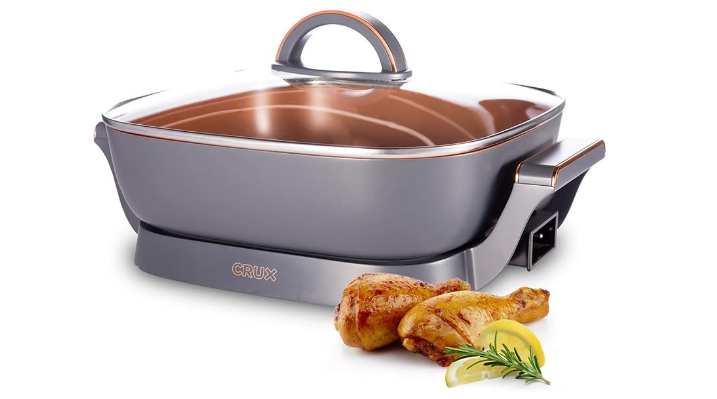
A roasting pan is a versatile and essential kitchen tool designed for cooking and roasting large cuts of meat, poultry, or vegetables in the oven. Typically rectangular or oval in shape, these pans feature low sides and often come with a rack that elevates the food, allowing heat to circulate evenly and promoting even cooking.
Roasting pans are constructed from various materials, including stainless steel, aluminum, and enamel-coated cast iron. The design and materials of roasting pans make them suitable for high-heat roasting, and many models are equipped with handles for easy maneuvering. These pans are an indispensable asset for achieving succulent roasts with crisp exteriors, making them a staple for holiday feasts and everyday cooking alike.
Our Top Picks
What is roasting pan used for?
A roasting pan is used for cooking and roasting large cuts of meat, poultry, or vegetables in the oven. It is a versatile kitchen tool designed to provide the ideal conditions for roasting, which typically involves cooking food at higher temperatures to achieve a flavorful, caramelized exterior while retaining moisture inside. Here are the primary uses of a roasting pan:
Roasting Meat:
- Roasting pans are ideal for roasting large cuts of meat, such as whole turkeys, chickens, roasts, hams, and beef tenderloins. The pan’s low sides allow for better air circulation around the meat, promoting even cooking and browning.
Elevated Cooking:
- Many roasting pans come with a rack that elevates the meat above the pan’s surface. This allows air to circulate underneath the food, ensuring that it cooks evenly and preventing the bottom from becoming soggy.
Drippings Collection:
- The lower part of the roasting pan is designed to collect drippings (juices and fats) from the roasting meat. These drippings can be used for making gravies, sauces, or jus to enhance the flavor of the dish.
Versatile Cooking:
- Roasting pans can also be used for roasting vegetables, creating casseroles, and even baking certain dishes. The large and sturdy design makes them versatile for various oven cooking tasks.
Holiday Cooking:
- Roasting pans are commonly associated with holiday meals, especially for roasting large poultry like Thanksgiving turkeys. Their size and features make them well-suited for cooking festive feasts.
When using a roasting pan, it’s essential to follow the recommended temperatures and cooking times for the specific type and size of meat or vegetables you are preparing. Additionally, incorporating herbs, spices, and aromatics can enhance the flavor of the roasted food. Overall, a roasting pan is a valuable tool for achieving succulent and flavorful results when roasting a variety of ingredients.
What is the difference between a roasting pan and a regular pan?
The primary differences between a roasting pan and a regular pan lie in their design, size, and intended use. Here are the key distinctions:
Size and Shape:
- Roasting Pan: Roasting pans are generally larger and deeper than regular pans. They often have a rectangular or oval shape with low sides to accommodate large cuts of meat or poultry and allow for better air circulation around the food.
- Regular Pan: Regular pans come in various shapes and sizes, including frying pans, sauté pans, and saucepans. They may have higher sides and are typically designed for cooking smaller quantities of food or for tasks like frying, sautéing, or simmering.
Intended Use:
- Roasting Pan: The primary purpose of a roasting pan is to roast large cuts of meat, poultry, or vegetables in the oven. It is designed to facilitate even cooking, browning, and the collection of drippings for making sauces or gravies.
- Regular Pan: Regular pans are more versatile and can be used for a wide range of stovetop cooking tasks, such as frying, sautéing, boiling, and simmering. They may not be as suitable for roasting large items in the oven.
Rack:
- Roasting Pan: Many roasting pans come with a removable rack that elevates the food above the pan’s surface. The rack helps ensure even cooking by allowing air to circulate underneath the food and allows drippings to collect in the pan.
- Regular Pan: Regular pans typically do not include a built-in rack, as they are not designed for roasting large cuts of meat. They may have flat bottoms suitable for stovetop cooking.
Drippings Collection:
- Roasting Pan: Roasting pans are equipped to collect drippings from roasting meat, which can be used for making sauces and gravies.
- Regular Pan: While regular pans may accumulate some drippings during cooking, they are not specifically designed for this purpose.
Versatility:
- Roasting Pan: Roasting pans are designed for specific tasks related to roasting in the oven and may not be as versatile for stovetop cooking.
- Regular Pan: Regular pans are versatile and can be used on the stovetop for a variety of cooking methods.
In summary, roasting pans are specialized tools designed for roasting large items in the oven, while regular pans are more versatile and used for various stovetop cooking tasks. Each serves its purpose in the kitchen, and the choice depends on the specific cooking needs and recipes.
What type of pan is best for roasting?
The best type of pan for roasting depends on personal preferences, the specific food you’re roasting, and your desired cooking results. Common types of pans used for roasting include:
Roasting Pan with Rack:
Advantages:
- Even Cooking: The rack elevates the food, allowing air to circulate for even cooking and browning.
- Drippings Collection: The pan collects drippings for making sauces and gravies.
- Versatility: Suitable for roasting large cuts of meat, poultry, and vegetables.
Considerations:
- Storage: Roasting pans with racks can be larger and may require additional storage space.
Rectangular or Oval Roasting Pan:
Advantages:
- Size: The larger size accommodates large roasts, whole poultry, and other sizable items.
- Even Cooking: The shape allows for even cooking and browning.
Considerations:
- Storage: Larger pans may require more storage space.
Cast Iron Roasting Pan:
Advantages:
- Excellent Heat Retention: Cast iron provides excellent heat retention for even cooking.
- Versatility: Can be used for both roasting in the oven and stovetop cooking.
Considerations:
- Weight: Cast iron pans can be heavy.
Stainless Steel Roasting Pan:
Advantages:
- Durability: Stainless steel pans are durable and resistant to corrosion.
- Versatility: Can be used for various cooking tasks.
Considerations:
- Heat Conductivity: Stainless steel may not conduct heat as evenly as some other materials.
Disposable Aluminum Pan:
Advantages:
- Convenience: Disposable pans are convenient for easy cleanup.
- Cost-Effective: Inexpensive and suitable for occasional use.
Considerations:
- Sustainability: Disposable pans are not environmentally friendly.
Tips for Choosing:
- Consider the size of the pan in relation to the size of the items you plan to roast.
- Look for features like a rack for even cooking and drippings collection.
- Consider the material based on heat conductivity, durability, and versatility.
- Evaluate the storage space available for the pan.
Ultimately, the best pan for roasting depends on your specific cooking needs and preferences. Consider the type of roasting you frequently do and choose a pan that aligns with those requirements.
Can you use roasting pan without rack?
Yes, you can use a roasting pan without a rack. While a roasting rack is a beneficial accessory that elevates the food, allowing for even air circulation and drainage of drippings, it is not strictly necessary. Many recipes and home cooks successfully roast without using a rack, especially when roasting large cuts of meat or poultry.
Here are a few considerations when using a roasting pan without a rack:
Even Cooking:
- Without a rack, the food will be in direct contact with the pan’s surface. To promote even cooking and browning, consider turning or basting the food periodically during the roasting process.
Drippings:
- The absence of a rack means that drippings from the roasting food will accumulate at the bottom of the pan. You can use these drippings to make flavorful sauces or gravies.
Basting:
- If you’re roasting without a rack, basting the food with its own juices or a basting liquid can help enhance flavor and prevent drying.
Elevate with Vegetables:
- To lift the food slightly and prevent it from sitting directly on the pan, you can use a layer of vegetables (such as carrots or onions) as a natural elevation.
Consider Pan Size:
- Ensure that the roasting pan is appropriately sized for the food you’re roasting. A larger pan allows for better air circulation around the food.
While a roasting rack provides certain advantages, roasting without one is a common practice, and many delicious roasts have been prepared without the use of a rack. Adapt your cooking techniques and methods based on the available equipment, and be mindful of factors such as turning the food for even cooking and using the accumulated drippings to your advantage.
Should I use a stand mixer or food processor for pastry?
Both stand mixers and food processors can be used for making pastry dough, and each has its own advantages and disadvantages.
Stand mixers are often preferred by professional bakers and pastry chefs because they allow for precise control over the mixing process. The dough hook attachment can knead the dough thoroughly and evenly, and the mixer can be adjusted to the perfect speed for the recipe. Stand mixers are also capable of handling larger batches of dough than most food processors, making them a good choice for commercial kitchens or large baking projects.
Food processors, on the other hand, are generally faster and more efficient than stand mixers for making pastry dough. The blades of the food processor can cut the butter or other fats into the flour quickly and evenly, resulting in a light, flaky pastry crust. Food processors are also more versatile than stand mixers, as they can be used for a variety of other tasks such as chopping vegetables, making sauces, and grinding nuts.
Ultimately, the choice between a stand mixer and a food processor for making pastry dough comes down to personal preference and the specific needs of the recipe. If you prefer precise control over the mixing process and are making a large batch of dough, a stand mixer may be the better choice. If you value speed and versatility and are making a smaller batch of dough, a food processor may be the better choice.
Can you put aluminum foil in a roasting pan?
Yes, you can absolutely put aluminum foil in a roasting pan. In fact, using aluminum foil in a roasting pan is a common practice and offers several advantages, such as easy cleanup and the ability to collect drippings for sauces or gravies.
Here’s how you can use aluminum foil in a roasting pan:
Lining the Pan:
- Tear off a sheet of aluminum foil that is large enough to cover the bottom and sides of the roasting pan with some overhang.
Molding the Foil:
- Gently press the foil into the pan, molding it to fit the shape of the pan. Leave some overhang on the sides for easy removal.
Optional: Greasing the Foil:
- If you want to prevent sticking, lightly grease the foil with cooking spray, oil, or butter.
Placing the Food:
- Proceed with placing the food on the foil-lined pan and roast as directed in your recipe.
Drippings Collection:
- The foil will catch any drippings from the roasting food, making it easier to clean the pan afterward and providing an opportunity to collect flavorful drippings for sauces.
Using aluminum foil in this way is convenient for easy cleanup and can be particularly useful when roasting items that may stick to the pan or when you want to collect drippings for additional flavor. Just be mindful of safety precautions, ensuring that the foil doesn’t come into direct contact with open flames or extremely high heat to avoid melting or fire hazards.
Related Posts
Get Ready for the Biggest Sale of the Year: Big Sale 7.7!
Mark your calendars and set your alarms because the most...
Read MoreAlpha Grillers Instant Read Meat Thermometer: Your Ultimate Cooking Companion
In today’s fast-paced world, finding reliable kitchen tools that streamline...
Read MoreWhy Trust Us
You will find what you are looking for at Jody's Bakery. From classic to luxury brands, you'll find both. We will help you to select appliances that fit your needs, budget and lifestyle. Whether you want to stop by to learn more — or plan to make a major purchase — we’ll treat you like family and assist you every step of the way. Shop with us today to receive friendly and experienced help along the way.




















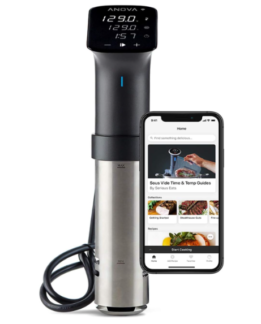
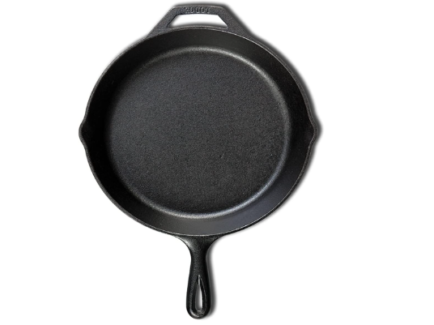
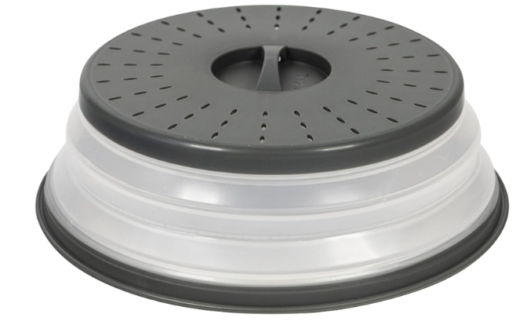
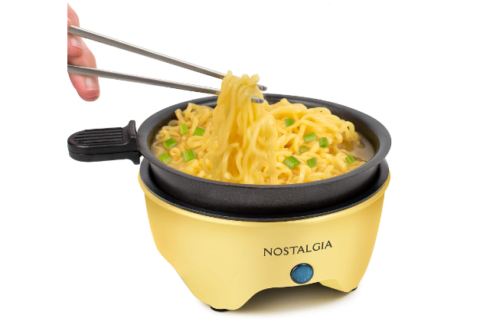
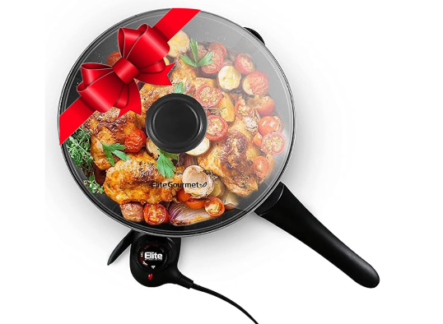
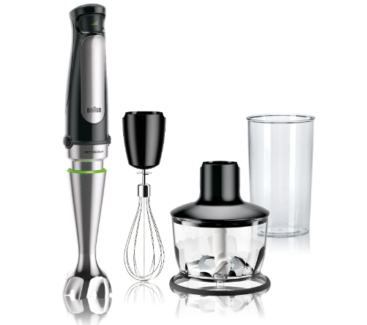
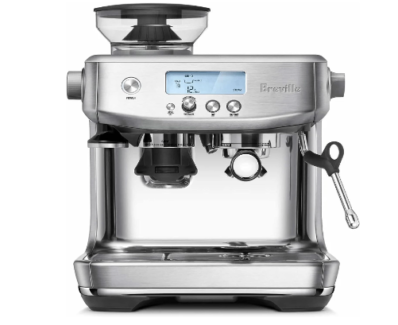
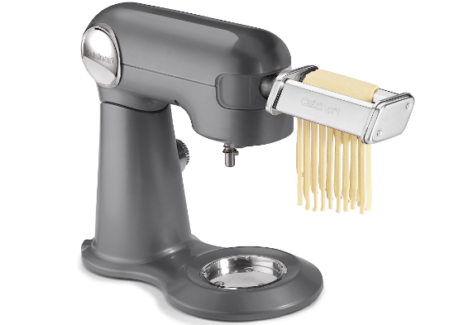
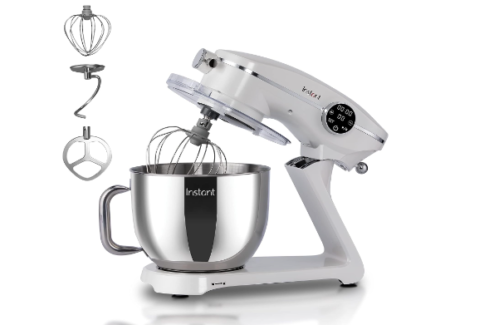

I found this article both enjoyable and educational. The insights were compelling and well-articulated. Let’s dive deeper into this subject. Check out my profile for more discussions!